Researchers from Stanford University are trying to understand America’s solar power systems, and they’re using AI to get it done. To get a better understanding of the assets already at work, scientists used an artificial intelligence program called DeepSolar to count the total number of solar panels in the U.S., gathering insight about where energy is being generated. This week, we’re diving into the research to better understand the information researchers gathered and how they can use it to improve solar energy use and production in America.
What Did They Do?
Because it would be impractical—not to mention nearly impossible—to count the number of individual solar panels in the U.S. manually, Stanford researchers created DeepSolar which took pictures from space to map every visible solar panel in the U.S. and the process was complete within a few weeks. The program turned around 370,000 satellite images into “tiles,” classified each pixel in each tile and combined those pixels to establish whether or not there were solar panels in a given area. The program counted both residential panel systems and larger solar farm operations to come up with its total, but scientists say they may have missed up to 5% of the nation’s panels as sparsely populated areas weren’t covered in the study. They cited the fact that many of these solar panel systems are not attached to any electrical grid as a reason behind their exclusion but stated they would expand the program to include rural areas in the future.
What Did They Learn?
A few important insights about American solar power use have already been gained from the program. DeepSolar found approximately 1.47 million solar panels throughout the U.S. Unsurprisingly, California had the most panels of any state, and the Southwest had the highest panel concentration. The study also found that household income and location played key factors in which individuals were investing in solar. Higher-income households in areas where the amount of sunshine available would make for profitable panels were the most likely to install them. Annual income ceased to play a factor at or above the $150,000 per year mark.
On the other hand, low- and medium-income households were less likely to install solar panels, even in areas where having them would result in savings greater than or equal to the monthly cost of the system. Researchers believed that this was due to the fact that low- and medium-income households would have a more difficult time with the upfront costs of a solar panel system than their high-income counterparts.
How Can We Use this Information?
According to a Stanford News release, the project could have a large-scale impact. “Knowing which Americans have installed solar panels on their roofs and why they did so would be enormously useful for managing the changing U.S. electricity system and to understanding the barriers to greater use of renewable resources.” The publication also states that utilities, regulators, solar panel marketers and installers could make use of the data to understand which individuals are interested in solar panel technology and identify areas with energy needs that could benefit from the technology. The team hopes the project will help uncover the motivations behind solar panel installation so that its use can be promoted more effectively across the U.S.
Stay on top of America’s solar news by keeping up with the J-Tech Solar blog. If you want your home to add to the 1.47 million solar panels across our nation, call us today to talk about residential solar panel installation options.





